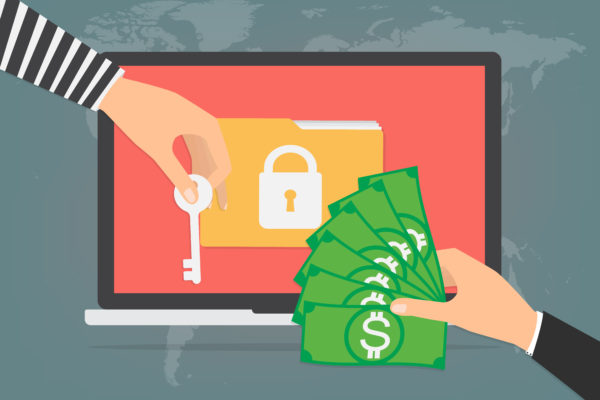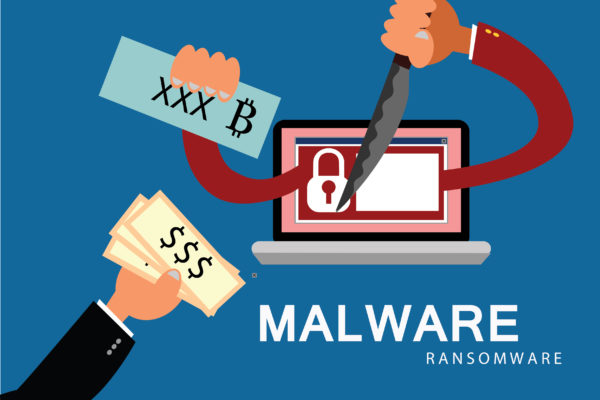Malware and ransomware like Amnesia, Locky, and WannaCry have been making the rounds, infecting hundreds of thousands of computers and other machines throughout the world, and rendering files and important data or information useless. The idea behind ransomware is encrypting data into a form where it can no longer be used unless payments are made to the people responsible for the spreading of these types of malicious software. Fortunately, however, not all ransomware is as difficult to break free from as the majority believes – and it’s actually possible to recover important files without paying ridiculous amounts of money to fraudsters and criminals.
Interested in learning more about how you can save and protect your important files and information from the shackles of ransomware? Read on to find out everything you need to know about ransomware, how ransomware attacks occur, and what can be done to protect and rescue machines from ransomware attacks.
How Does Ransomware Work?
Being malicious software created with the sole purpose of demanding payments from users whose files have been rendered useless, ransomware works in a number of different ways. While the worst kind of ransomware essentially makes use of encryption applications that convert files and information on the infected computer or machine into a form in which they can no longer be used, there are still ways in which you should be able to recover your files and information without losing them. However, before we start talking about the ways in which ransomware can be removed and files can be recovered from an infected machine or computer, we will explain the different ways in which ransomware works.
Scareware
Scareware is perhaps the simplest type of ransomware available in the market, and comprises cleanup tools or looks like software similar to an antivirus program. Scareware essentially tries to show users that there are a number of threats or viruses present inside the system and that the only way to remove or clean these viruses is by making a payment. It is these constant alerts and viruses that give scareware their name. In some cases, the alerts and threat notifications become so frequent that the user is unable to perform any other tasks or run any programs while the scareware is running. However, as difficult and truly annoying as they may be, scareware are actually the easiest types of ransomware to remove from a computer.
Lock-screen Ransomware
A lock-screen is the only thing that you’ll be able to see if your computer or machine has been infected with one of these types of ransomware. This type of ransomware tries to make users of infected computers and machines believe that they have violated the law and that they will have to pay a fine in order to regain access to their important files and information. Since the lock screens used by these types of ransomware usually have the logo of the Federal Bureau of Investigation or the Department of Justice, people commonly end up believing that the demand for a fine is legitimate and end up making the payment.
Other types of ransomware like Locky and WannaCry encrypt files, making them non-usable until a payment is made. These are often the worst kinds of ransomware and generally the most difficult to remove.
How Can Ransomware be Removed?
Even though most ransomware lock screens and ransom notes explicitly state that you should not attempt to regain access to your files or delete the software that has locked them, the fact of the matter is that it is often pretty easy and simple to remove ransomware from your system. However, while it may be easy to remove ransomware posing as anti-virus software by entering Windows in safe-mode and running a virus scanner or performing a system restore, other ransomware may not be as easy to deal with.
For assistance with file recovery and ransomware removal, please contact MonsterCloud – cyber security experts for a professional ransomware removal.
How can Ransomware Attacks be Avoided?
Contrary to popular belief, protection from ransomware is just about as easy and simple as protection or prevention of any other type of malware attacks. Steering clear of useless additional toolbars on your browsers and installing the latest anti-virus software is a great way of protecting your computer from being infected. Additionally, it is crucial that you always have backup of all of your important files and folders to ensure that your data isn’t lost due to irreversible damage.



